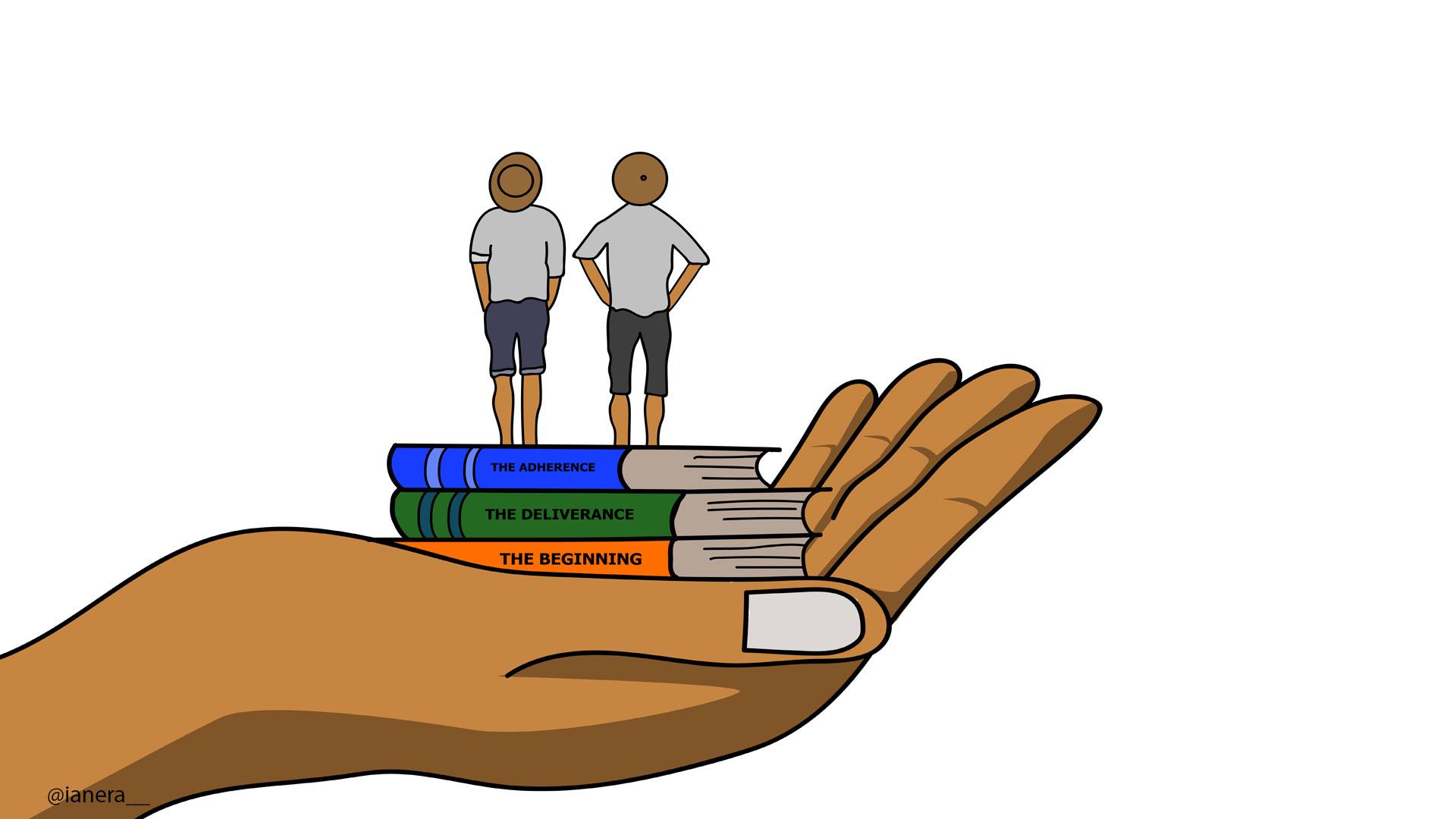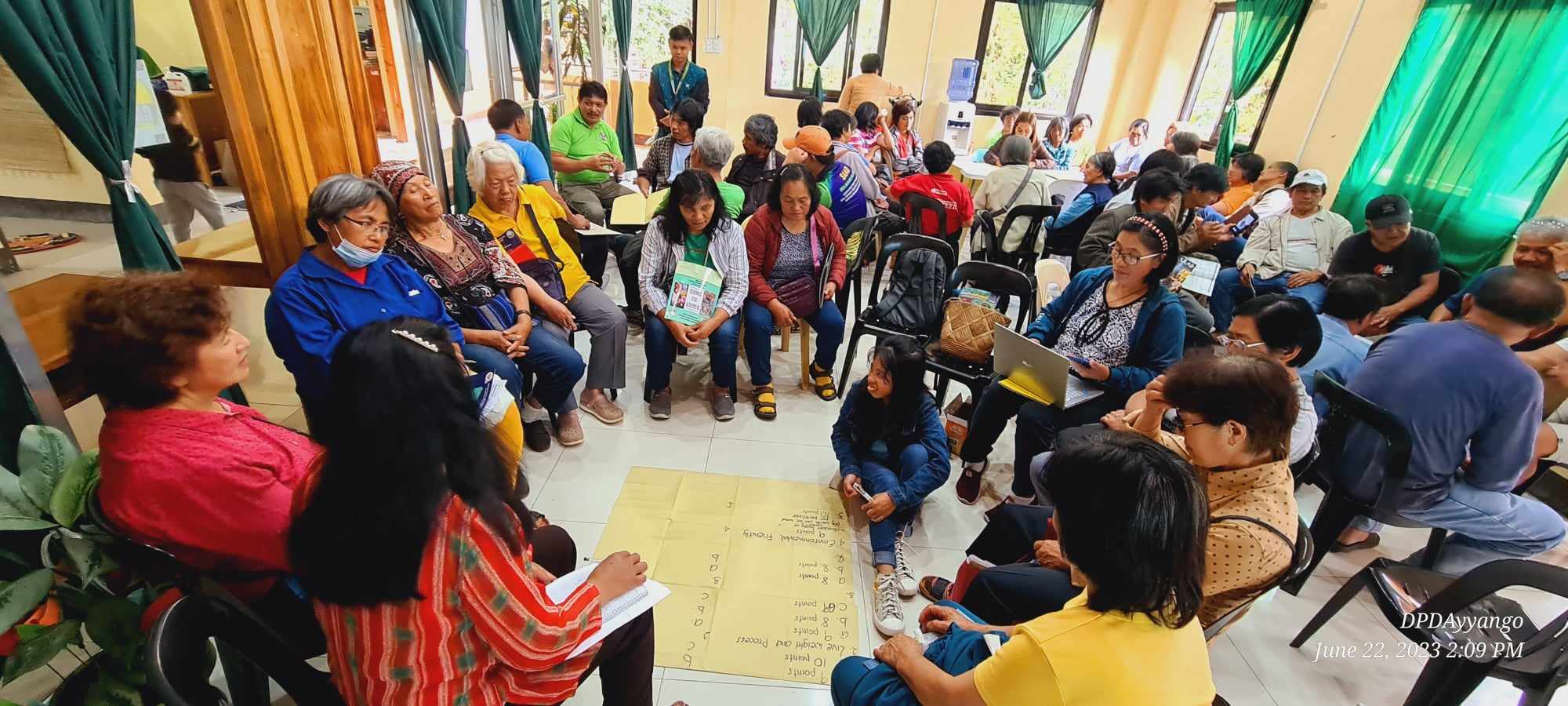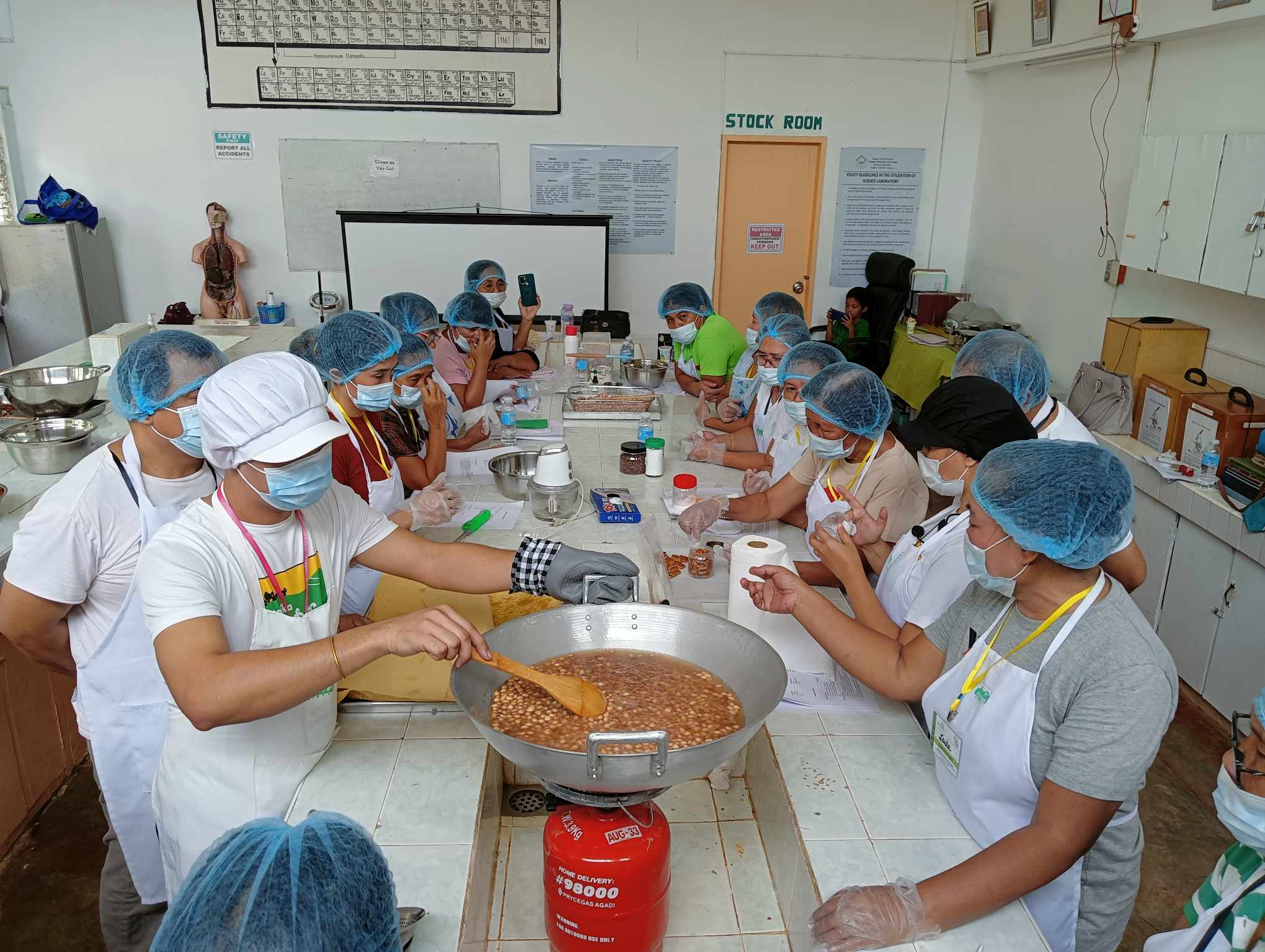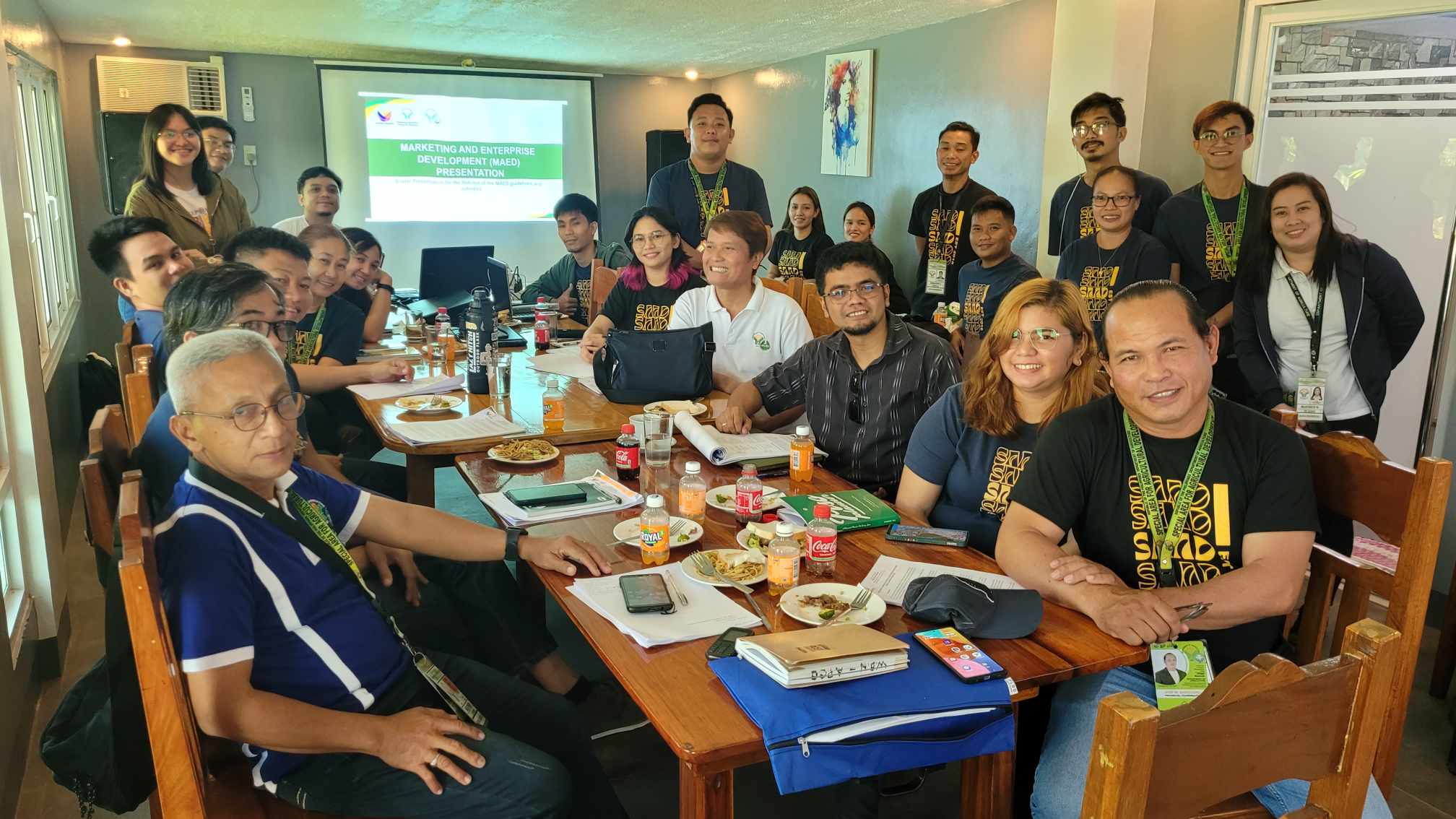Communication and responsibility are two converging phenomena that can be powerful tools to determine progress and further augment community welfare towards development. Communication is essential in crafting structures of systems, keeping track of progress, and strengthening existing impacts that intend to develop a specific sector. It concerns and influences the overall trend of understanding of social actors, and stakeholders, on the trajectory of their development. Considering the holistic relevance of communicated and on-going communicative collaterals for development initiatives can be used as factors or guide in governing future resolutions and legislation.
Towards development, a responsive communication plays an important role because it is a contributing factor to increase awareness, fostering behavioral changes, facilitating mobilization, and establishing partnerships in pursuit of common goals. It also promotes accountability and transparency, and helps ensure equitable and sustainable distribution of project benefits.
According to Servaes (2007), communication for development is “sharing of knowledge aimed at reaching a consensus for action that takes into account the interests, needs, and capacities of all concerned. It is thus a social process.” Servaes however, emphasized that communication for development most of the time is confused as just the utilization of media platforms to disseminate information to different actors concerned in the project, which in principle, is just one facet of the whole process of effective communication for development. The accountability for results goes together with unified communication, which requires collaboration to articulate plans, understanding the nature of motivation, and the desired outcomes. Even though that there are different teams, different audiences, but that does not mean that they have to work in silos – rather, their efforts are aligned to make sure that their messages are unified. This will make an organization hastily revamp the business growth and performance.
The corporate communications cluster of the SAAD Program has been focused on creating a space where the program can begin to be part of the discourse concerning development and drives addressing poverty incidence in the country. The relatively young implementation of the program must be considered in tackling Servaes’ premise of complexity in the communication process. Its series of press releases reveal prominent actions taken by the program in executing its mandate. The collection is expected to create an image of the structure as to how the program started penetrating 30 different provinces from scratch. Together with the national arm, regional, provincial and the local units, down to our partner-farmers, the collated materials speak to SAAD’s beginning and continuing stories of both challenges and victories towards impactful and relevant agricultural development.
About these Books
These books have beginning and an end. But each one has its own unique feature because of the transition of activities following SAADs log frame. This books make its readers learn something, takes the reader on a compelling journey, and exceptional experiences of what’s never been done before.
In 2020, the Special Area for Agricultural Development (SAAD) Program of the Department of Agriculture (DA) released its three books which are compilation of year to year remarkable agricultural and fishery activities and events at the regional and provincial levels from 2017 until 2019 of covered provinces in the country.
The three books namely: The Beginning, The Deliverance, and The Adherence, are scenes of the SAAD program which started in 2017 till 2019, on how the program grows in time which provide a chronological compilation of activities and events for the upward mobility of the SAAD Program’s mission and vision.
The Beginning
In 2017, the SAAD, through its first 10 provinces, heard the woes and cries of the farmers and fisherfolks who are hungry for both agricultural and fishery livelihood support. It has been a challenging year because the program management office was just being assembled. During its baby steps and first few chapters, it was met with so much birth pains, peaks, valleys, mountains, and rivers that have to be hurdled.
However, these did not hinder the staff in its relentless effort to not just fulfill a promise but to make sure that every Filipino family will always have food on their table.
To do this, the beneficiaries were equipped with the knowledge and skills before the actual inputs were handed over to them. Thus, 2017 focused more on social preparation activities and specialized training of the program as these are the initial step in community organizing. This is designed to prepare the affected families to cope with the changes brought by the program and to encourage them to actively participate and prepare their society, community, and personal responsibilities in their quest for lifetime security, human development and basic services, employment and livelihood, and other government programs for the urban poor.
Contact building, information campaign, identifying the beneficiaries and projects, profiling, geotagging, helping in organization and registration of associations, and training of beneficiaries emanate the whole SAAD social preparation process.
The Deliverance
So, to continue what has been set through and sweated out in the previous year, the program started to get bigger by covering 20 provinces to distribute the actual livelihood interventions intended for each beneficiary in 2018.
“The Deliverance” showed that these interventions provided immediate benefits to the beneficiaries because there were already success stories of these farmers who have exceptional performance and how their lives have improved since they received the livelihood support. Some of them are individual farmers but agreed to be grouped into an association for them to easier develop an enterprise.
Through the untiring efforts of the SAAD program’s staff, countless distributions of farm and fishery inputs, equipment, and machinery to far-flung areas that most DA regular programs could not reach were made possible.
The Adherence
In 2019, SAAD expanded its coverage to 30 provinces then became an effective instrument to uplift the lives of these modern heroes who tirelessly till lands and heroically sail the seas to feed the country. This year is purely testimonials of both individual and group beneficiaries who have improved their lives through the help of SAAD. Some of these grantees have a promising future ahead of them since they are already preparing to develop community enterprises.
The National Economic and Development Authority (NEDA) cited the program as a contributing factor in poverty reduction of Eastern Visayas in 2018 through its labor-enhancing and income-enriching agricultural interventions.
The success of these beneficiaries is also the success of the program. This means that the strategies used to achieve compliance are working – creating deterrence through periodic reporting of program activities and accomplishments. From its humble beginnings, bumpy roads crossed, and challenges encountered, it has recorded a total of 72,546 individuals and 1,633 groups benefiting the program. It has also covered 17 cities, 313 municipalities, and 2,695 barangays from the 30 SAAD covered provinces.
A glimpse of the SAAD Program
The SAAD regional and provincial team are just as responsible for the outcome of every project implemented in the provinces. The program implementers ought to report each movement to provide transparency.
The previous activities of SAAD were documented through the different types of press and photo releases which may be viewed on the program’s official website. The SAAD NPMO is accountable to each stakeholder of the program such as the farmers, the government and international partners, private organizations, local government units, and extension workers.
We witness through the articles that the role of SAAD is critical because they have to educate the beneficiaries that the livelihood support will be provided to them but the production and the success depends on their hard work and efforts to sustain these projects. Focused beneficiaries were those battling with both hunger and poverty. Filipino farmers and fishers are the most vulnerable to poverty despite being the producers of food for the nation. SAAD was conceptualized to provide assistance to these farmers and fishers, teaching and guiding them to have a sustainable production and livelihood.
The publications also help us get a grasp of the challenges, compromises, and exerted efforts of every coordinator from the provincial, regional and to the national level to make the program work.
In reality, not all the projects will be developed into enterprise. However, the information that we gather from the news articles may be used to further improve the system of our program, and also help other observers on their own implemented programs and projects.
More Books to Come
The SAAD has to work three more years to achieve its goal. It has more episodes to air, more great stories to tell, and challenges to bravely overcome. ###
Author: Jennifer A. Valcobero, SAAD NPMO Public Relation and Comms Officer
Coauthors: Myer Mula, Jessa Mae Gabon, and Natalianne delos Reyes
References
NEDA. 2018. NEDA VIII Statement On The 2018 Full-Year Poverty Statistics of Eastern Visayas. Retrieved from http://nro8.neda.gov.ph/neda-viii-statement-on-the-2018-full-year-poverty-statistics-of-eastern-visayas/.
Servaes, J. (ed). 2007. Communication for Development and Social Change. UNESCO. SAGE Publications India Pvt. Ltd. India.
Mula MG and Sevilla IKM. 2020. Social Preparation: An approach to a sustainable agriculture system of SAAD. Special Area for Agricultural Development, Department of Agriculture. Saadvocacy 2(7):4-5.
ADB. 2011. Improving Project Success through Effective Communication and Participation. Retrieved from https://think-asia.org/bitstream/handle/11540/3330/ll-communications.pdf?sequence=1.





This Post Has 0 Comments